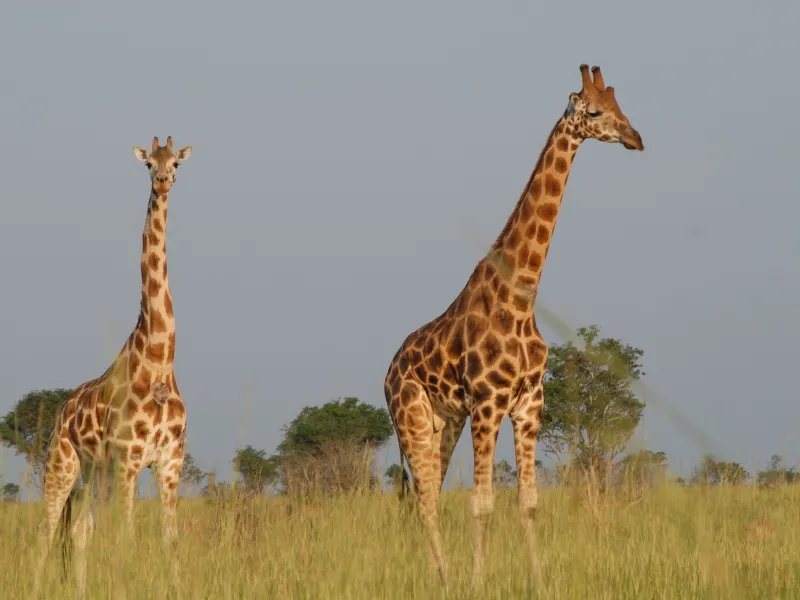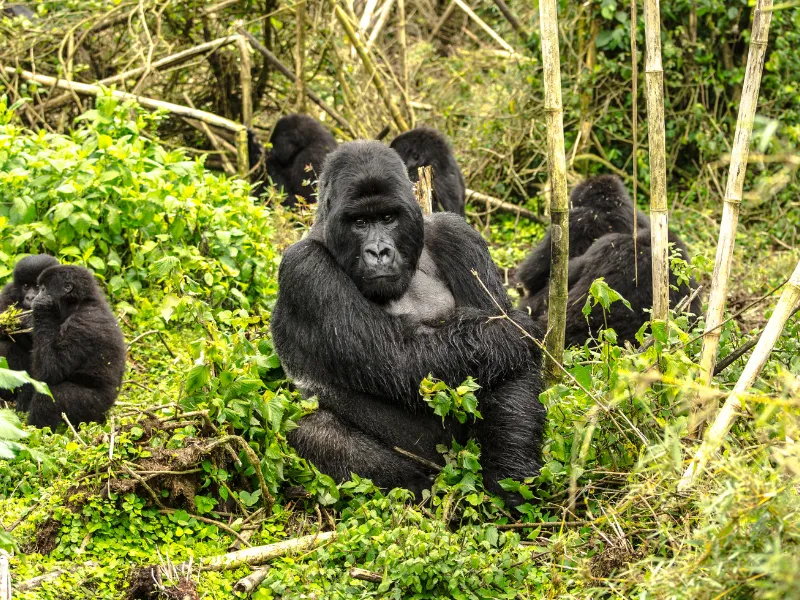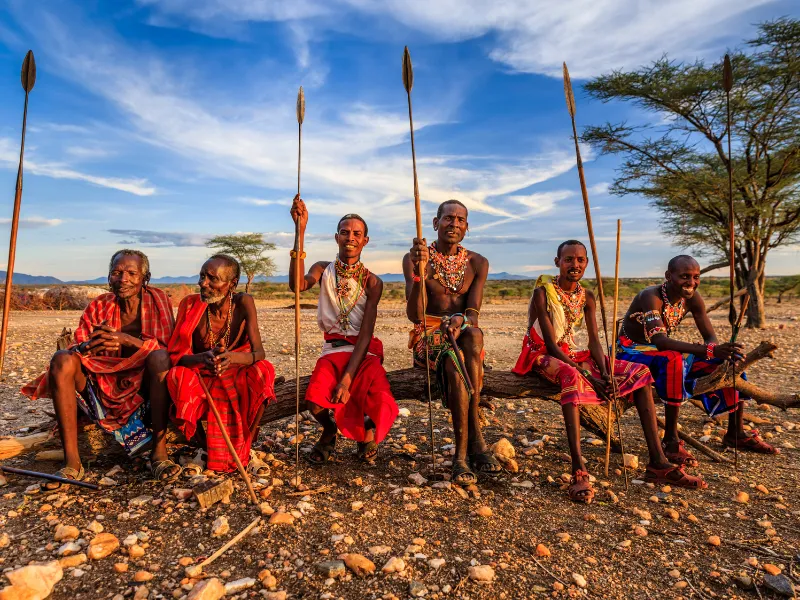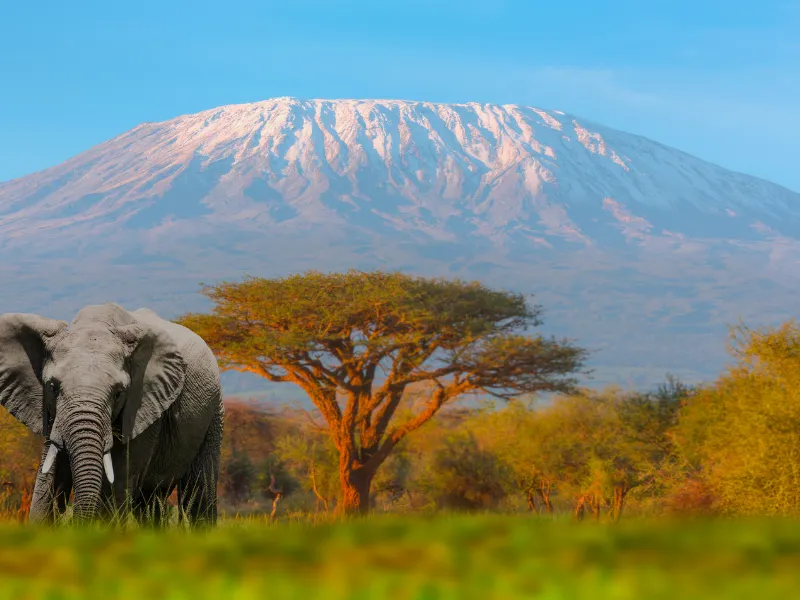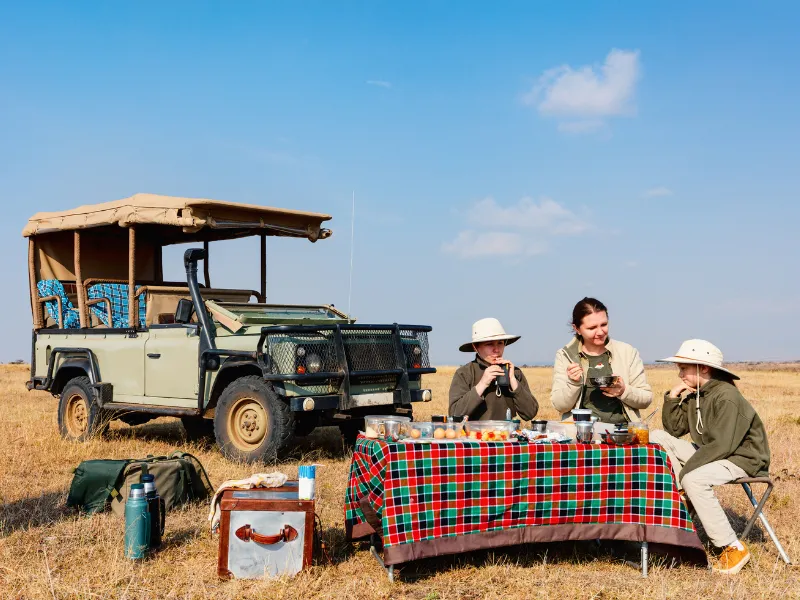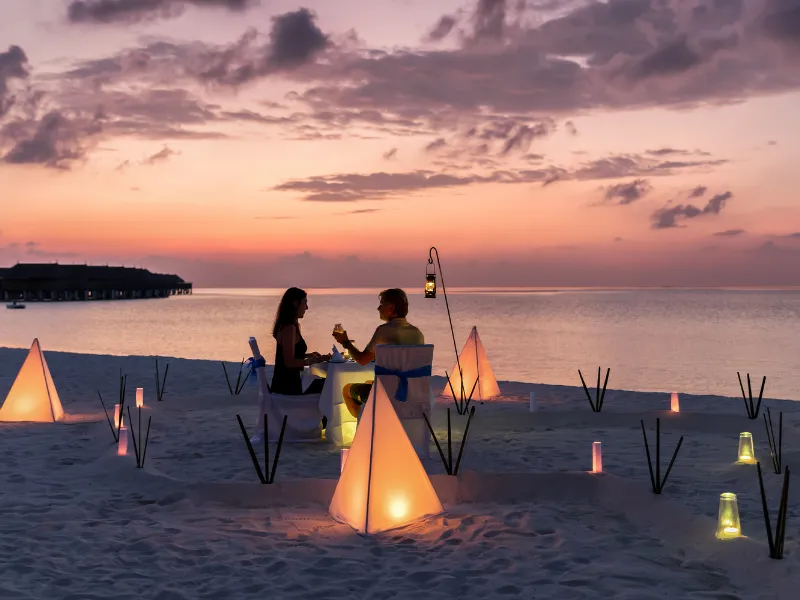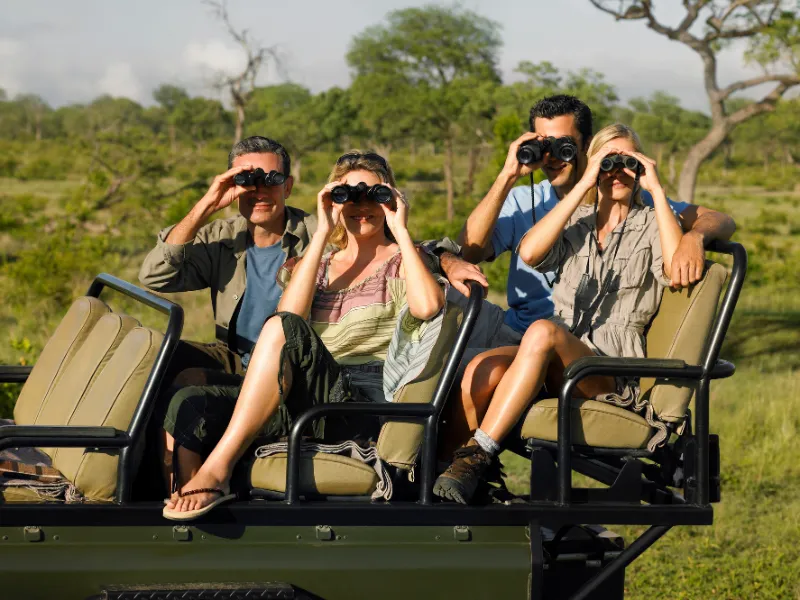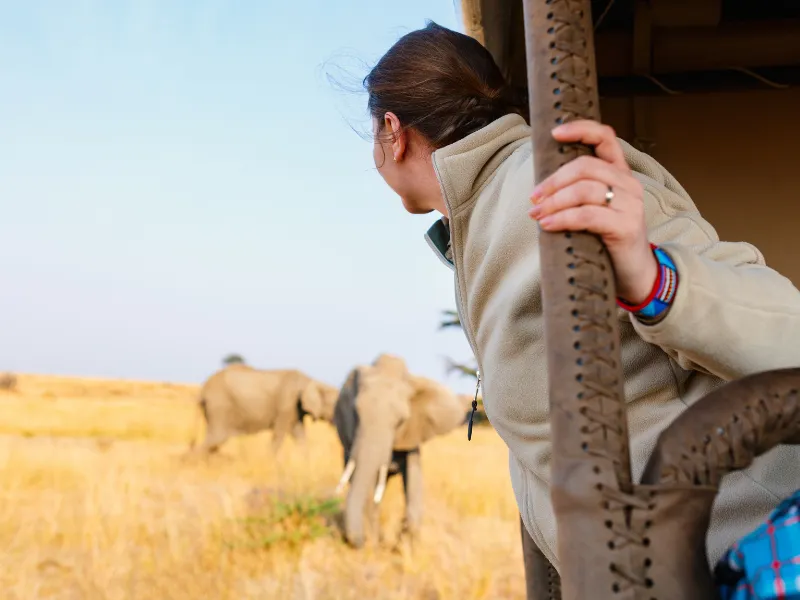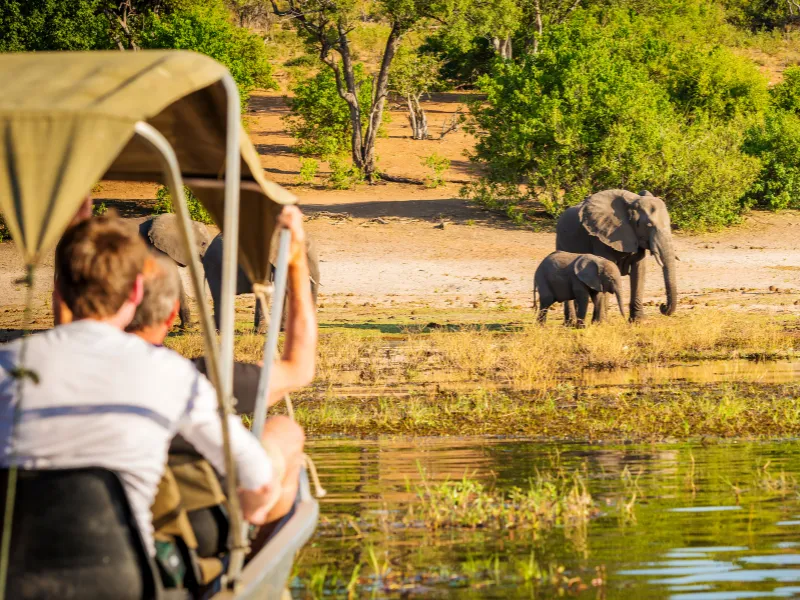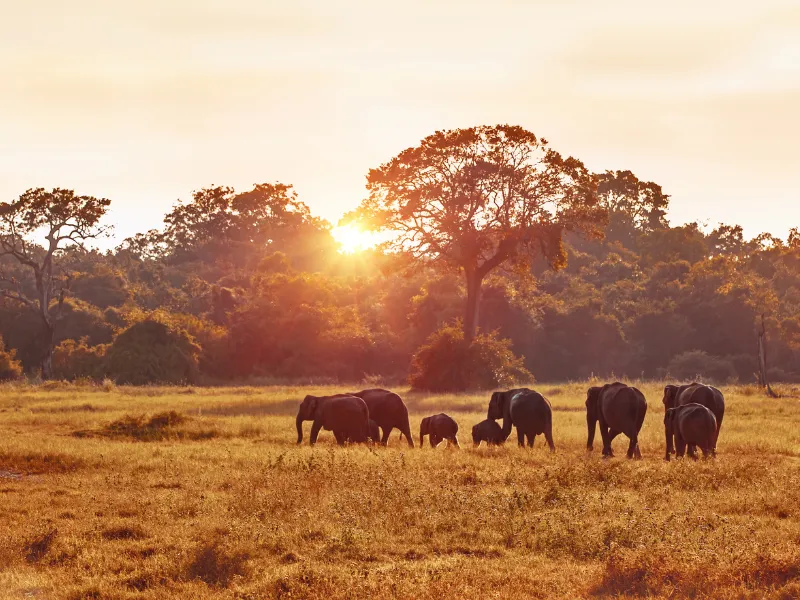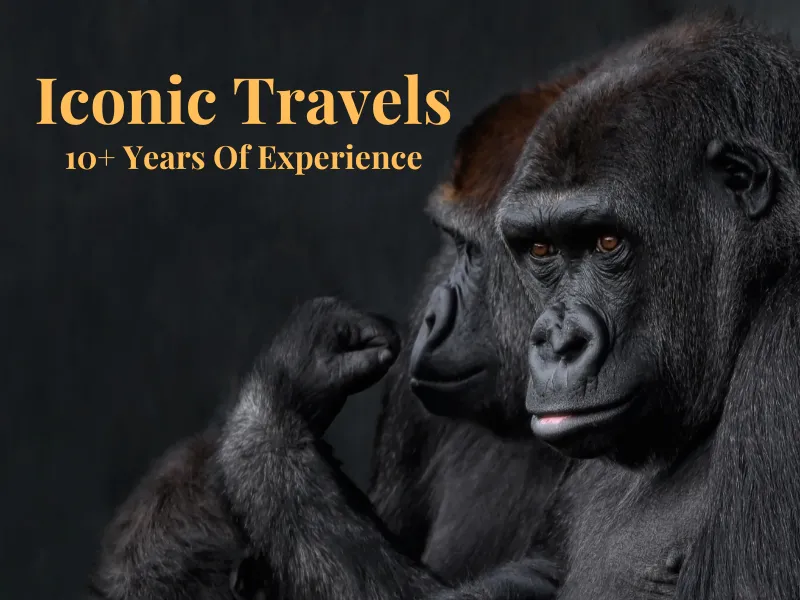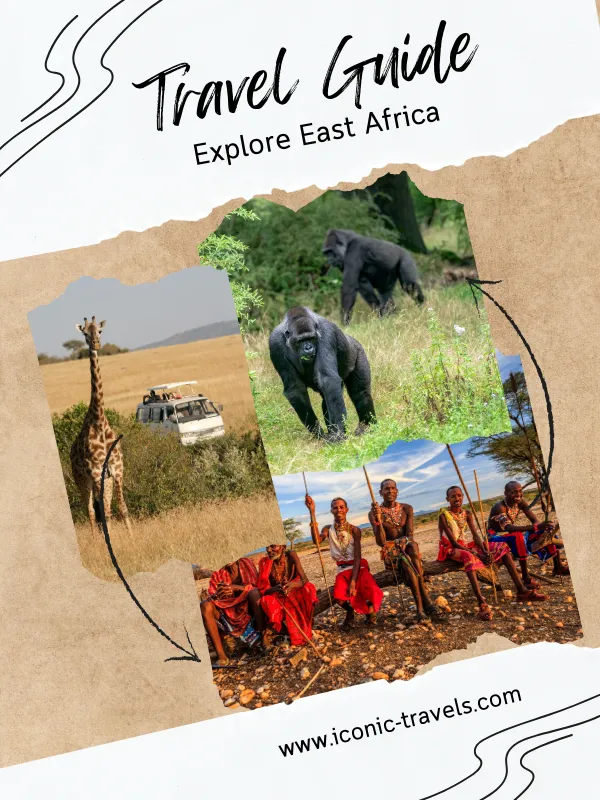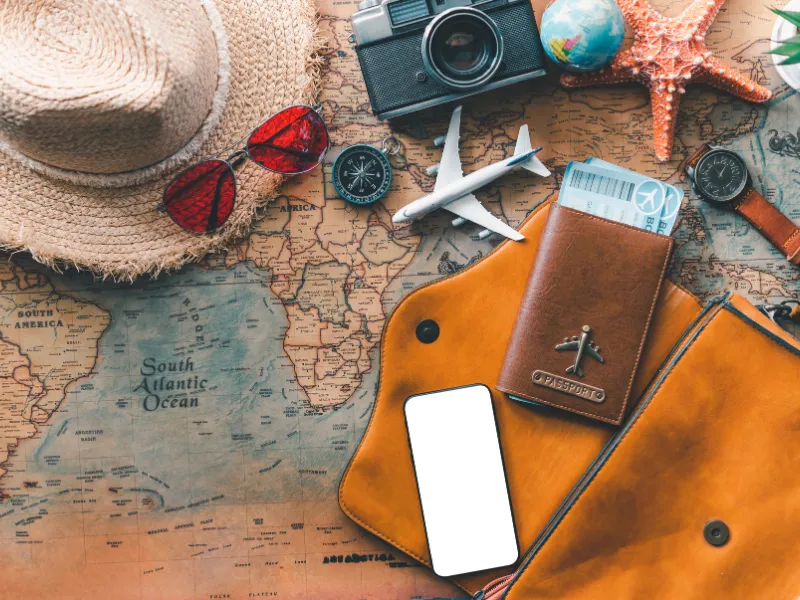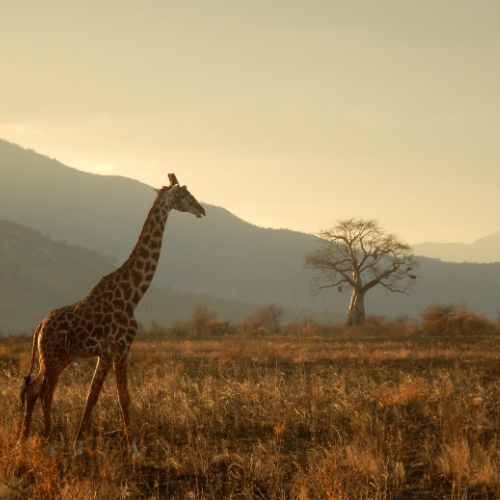the Pearl of africa
Uganda
Capital
Kampala
Currency
UGX (Uganda Shilling)
Language
English, Swahili, Luganda
Time Difference
UTC+03:00
Wild Encounters, Pristine Beauty
Uganda is where untouched beauty meets extraordinary adventure. Nestled in the heart of East Africa, it offers a unique blend of wildlife, rich cultures, and breathtaking landscapes. At Iconic Travels, we take you beyond the guidebooks—crafting journeys that bring you closer to the people, places, and wild moments that make Uganda unforgettable.
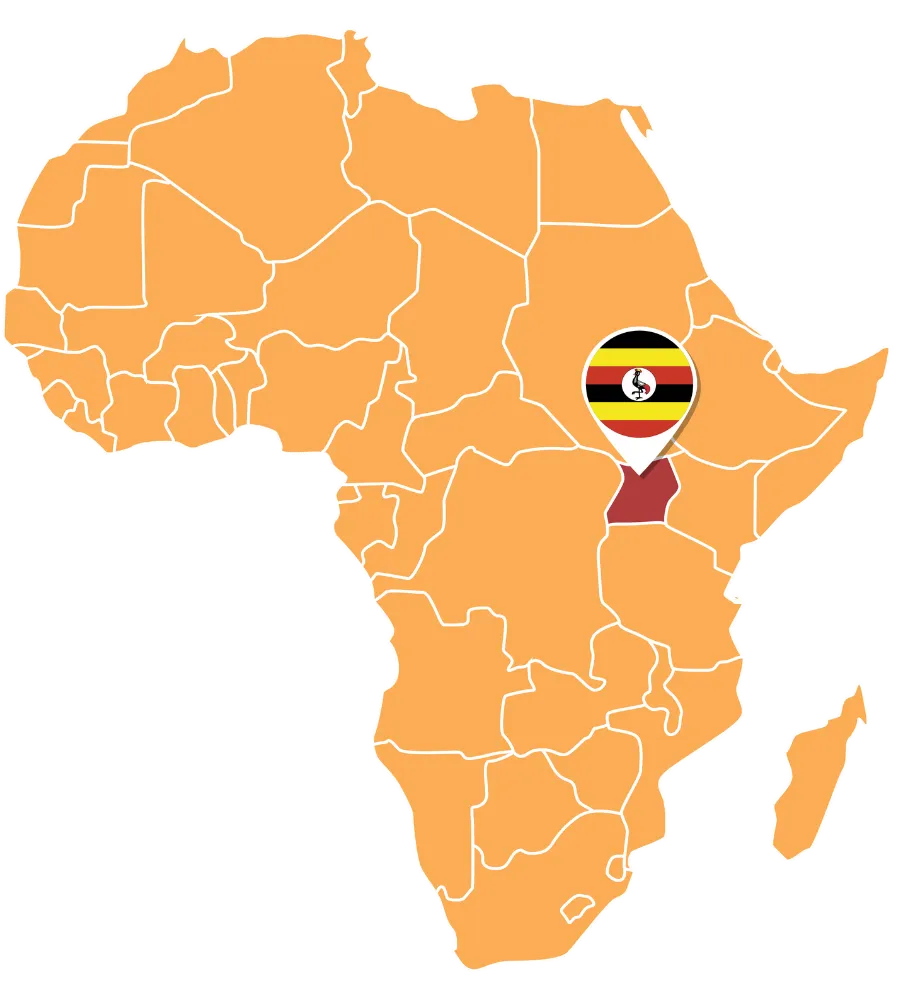
Why Travel to Uganda with Iconic Travels?
Private Gorilla Trekking in Bwindi: Venture deep into the mist-shrouded forests with expert guides to stand face-to-face with endangered mountain gorillas. We arrange permits, luxury lodges, and quiet trails to enhance this once-in-a-lifetime experience.
Diverse Landscapes in One Country: From snow-capped peaks in the Rwenzori Mountains to the serene waters of Lake Bunyonyi and the rolling savannahs of Queen Elizabeth National Park—Uganda is a land of contrasts.
Authentic Cultural Encounters: We connect you with local communities, artisans, and storytellers who offer insights into Uganda’s heritage and warmth.
Tailor-Made for You: Whether it’s a romantic escape, a family adventure, or a solo expedition, your Uganda itinerary is designed around your pace, interests, and comfort preferences.
Top Experiences in Uganda
Renowned for its primates, Uganda offers incredible wildlife and off-the-beaten-path nature experiences. We'll craft a once-in-a-lifetime Uganda itinerary that reflects your unique interests, passions, and dreams.
Uganda Safari Packages
Whether you're celebrating a milestone or seeking a much-needed escape, let this inspiring selection of favorites guide your journey.
Murchison Falls & Budongo Forest
💼 From $6,578 for 2 people
Bwindi Impenetrable National Park From Kigali
💼 From $1,866 / person
Bwindi And Kibale From Entebbe
💼 From $2,874 / person
Bird Watching Safari Mabamba And Murchison Falls
💼 From $1,942 / person
Iconic Travels Reviews
Discover how our services have created memories that go beyond the ordinary.
African Safaris FAQs
You’ve got questions—we’ve got answers. Here are some things most travelers want to know before they book.
1. What's included in an Iconic safari?
Everything you need—custom itinerary, luxury stays, private guide, park permits, and transfers. More details can be found on specific itinerary pages.
2. When is the best time to visit?
It depends! We’ll guide you based on what you want to see—wildlife migrations, gorilla trekking, or dry season game drives.
3. Do you offer custom tours?
Yes. Every safari we create is custom-built around your timeline, style, and interests.
4. How physically demanding is gorilla trekking?
It’s a moderate hike. We tailor the experience to your fitness level and work with guides to ensure you're comfortable.
5. Can I combine countries in one trip?
Absolutely. We often create multi-country itineraries—Uganda, Rwanda, Kenya, and Tanzania—seamlessly blended.
Ready to Explore More?
Our travel experts are ready to start creating your customized trip.
Uganda Gallery
Beautiful scenery, abundant wildlife, rich cultural heritage, and distinctive landmarks create the perfect backdrop for your Uganda journey.

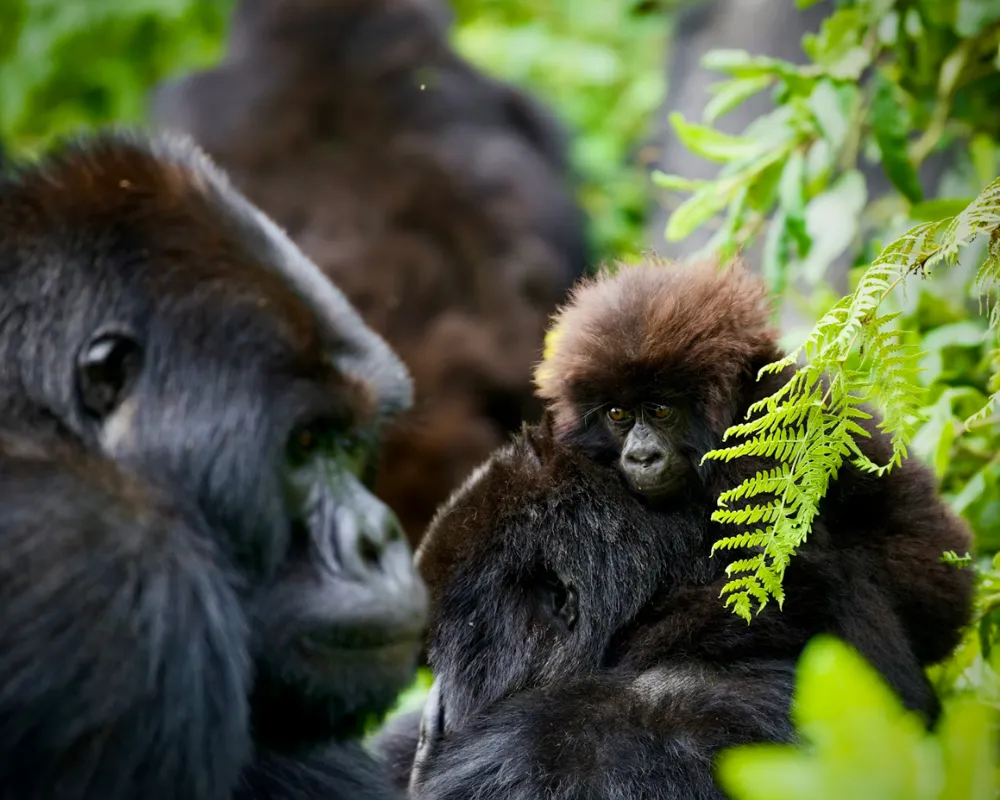
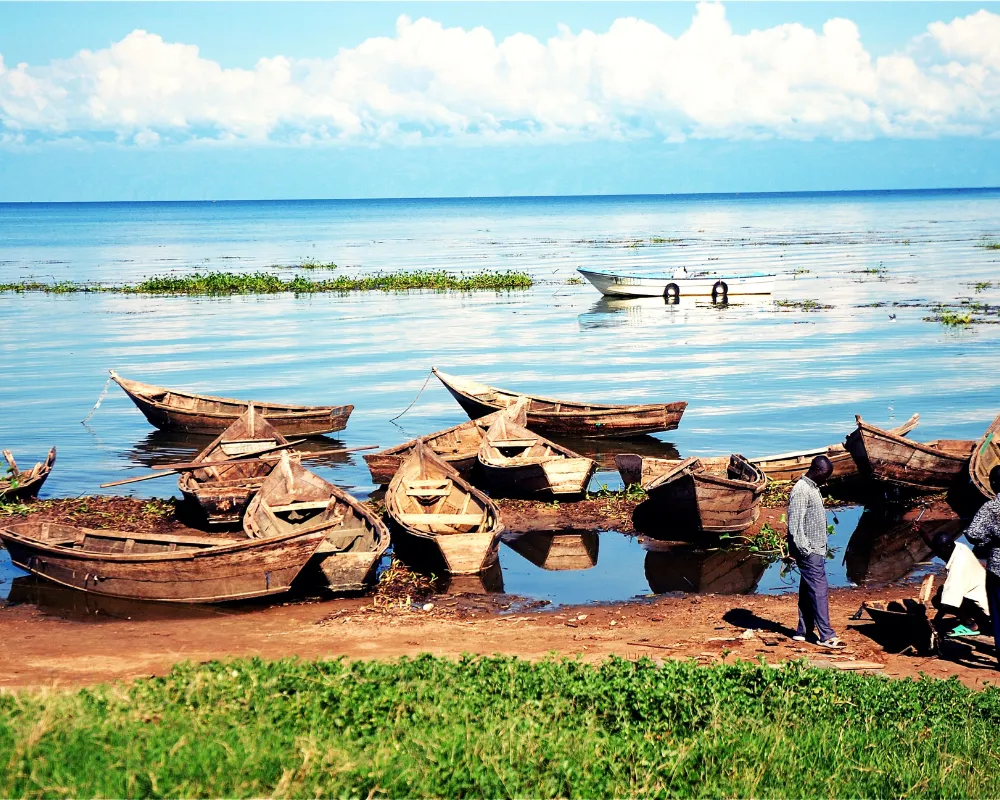
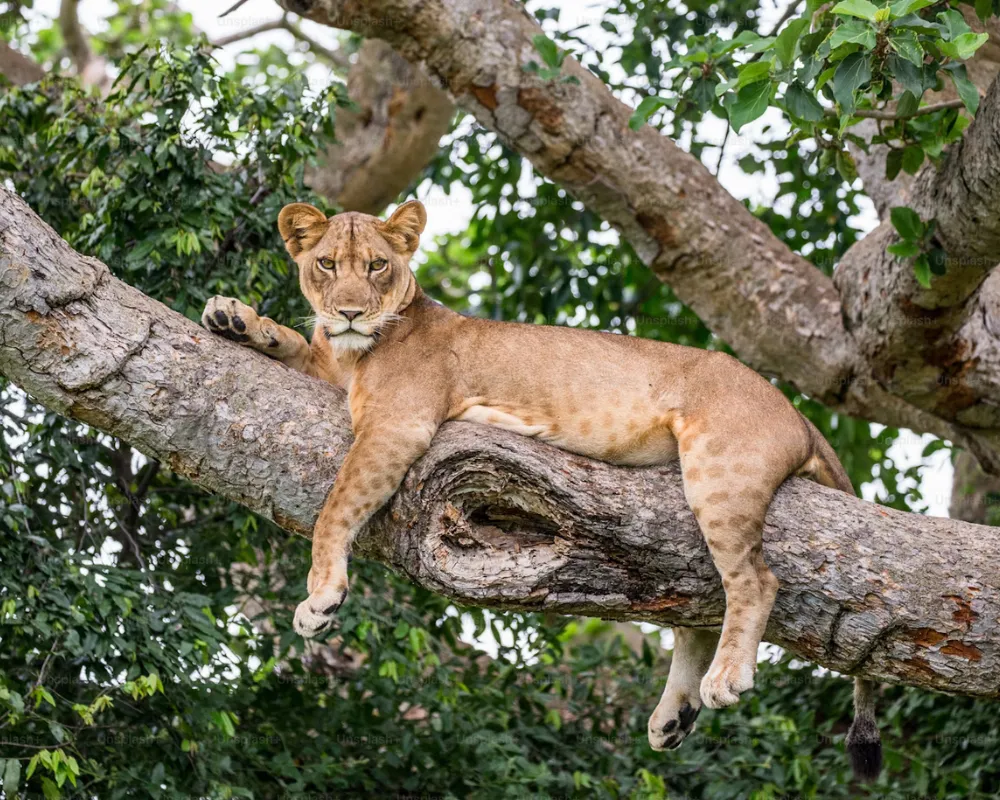
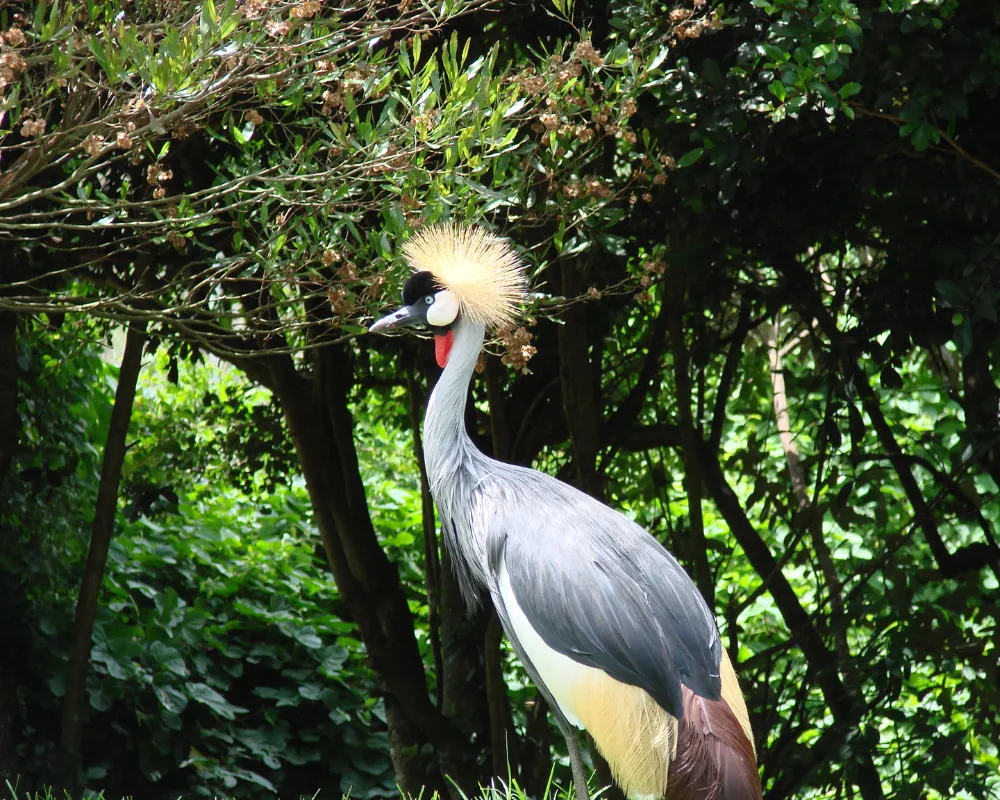
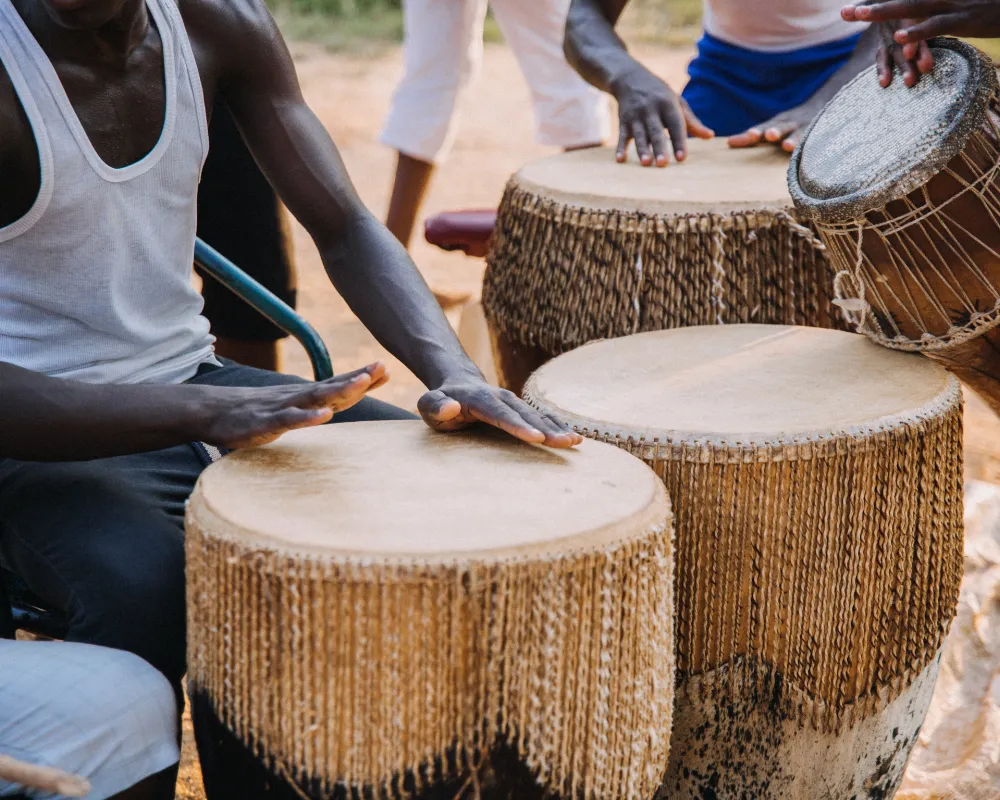
The Iconic Blog
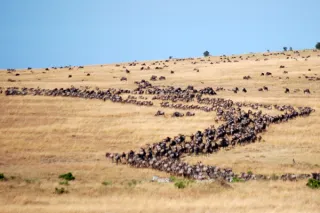
Your Ultimate Guide to Experiencing East Africa's Great Migration!
Imagine a world where millions of hooves thunder across vast plains, a spectacle so grand it's visible from space. ...more
Destination Guides
August 04, 2025•7 min read
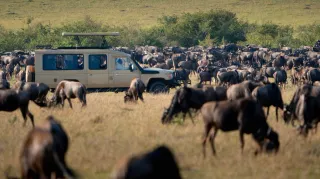
Tanzania: From Safari Icons to Seaside Dreams
Uncover the magic of the Serengeti, Ngorongoro Crater, and Zanzibar in one seamless, soul-stirring journey through East Africa’s most legendary landscapes. ...more
Destination Guides
July 04, 2025•4 min read
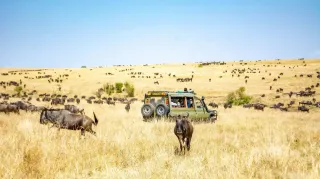
Kenya: The Land of Timeless Safaris & Sky-High Escapes
From the Great Migration in the Masai Mara to coastal elegance in Diani Beach, discover why Kenya is the ultimate playground for high-end African adventures. ...more
Destination Guides
July 04, 2025•2 min read
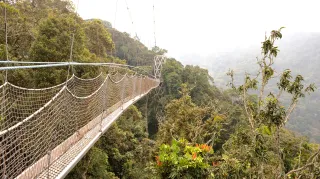
Rwanda: Where Culture, Conservation & Luxury Converge
Track mountain gorillas in misty forests, attend world-class events, and explore Rwanda’s rising luxury travel scene, all in one bold, beautiful destination. ...more
Destination Guides
July 04, 2025•4 min read
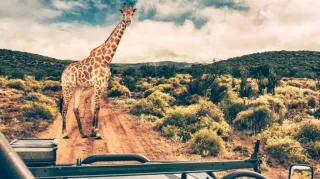
Uganda: The Crown Jewel of African Safari Experiences
Experience Uganda’s unforgettable mix of gorilla trekking, chimpanzee tracking, and scenic safari adventures. A luxurious journey through wild beauty, crafted the Iconic way. ...more
Destination Guides
July 04, 2025•2 min read
Need More Information?
Get our detailed brochures and destination guides.
Travel Planner or Agency?
Let’s work together to deliver extraordinary East African journeys.
Destinations
Company
Follow Us
© 2026 Iconic Travels. All Rights Reserved.

